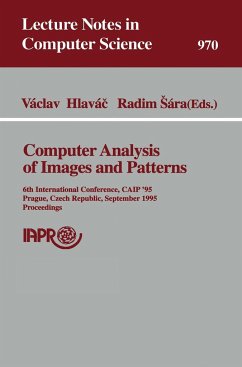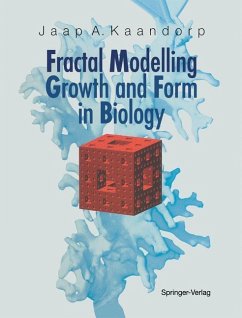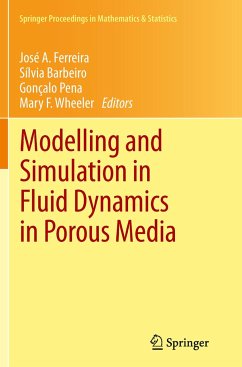
Modelling in Natural Sciences
Design, Validation and Case Studies
Versandkostenfrei!
Versandfertig in 6-10 Tagen
76,99 €
inkl. MwSt.
Weitere Ausgaben:

PAYBACK Punkte
38 °P sammeln!
This book defines the wide application of the art of modelling. The main emphasis is on the imaging of dynamic processes which are analysed and subdivided into their atomic constituents by means of systems analysis. The cyclic structure and the stages of models¿ set-up are explained. The evaluation of a model¿s quality is regarded as a stochastic process. The aspects of grade used in different fields of sciences are brought into perspective. Thus, a quantitative concept of validity on the basis of conditional degrees of rational belief can be developed.












